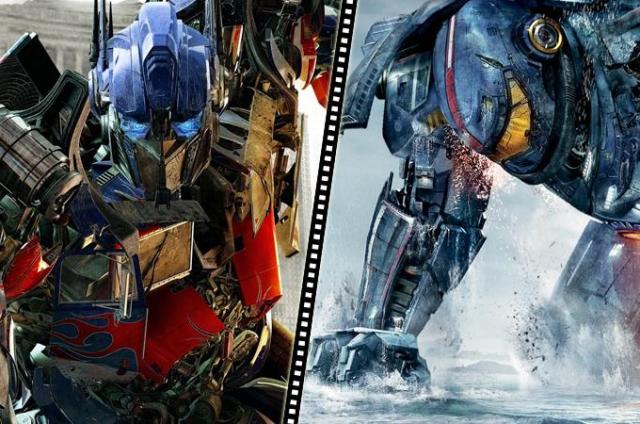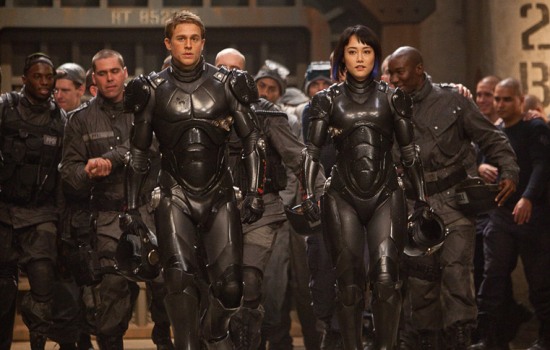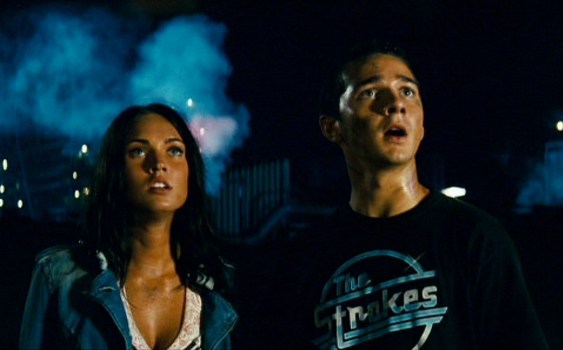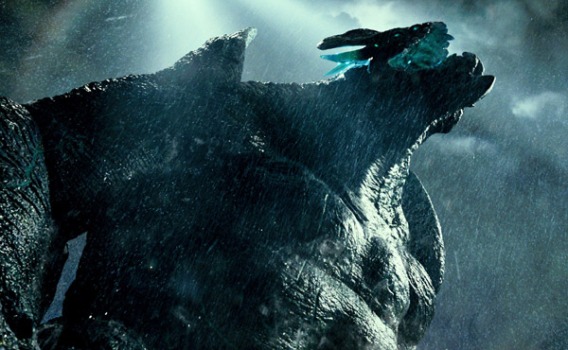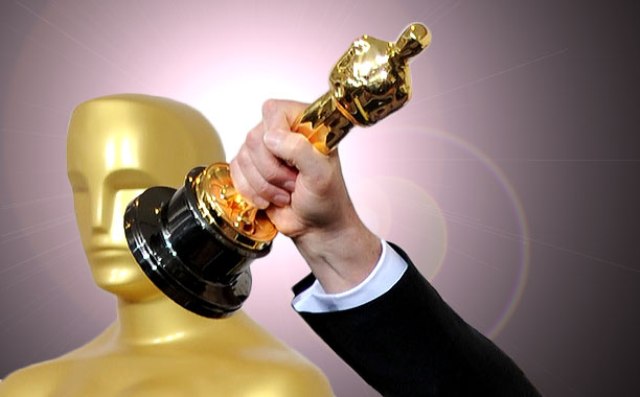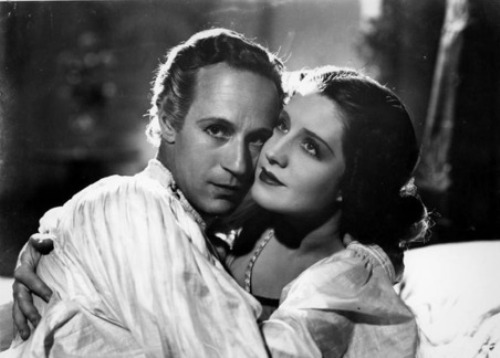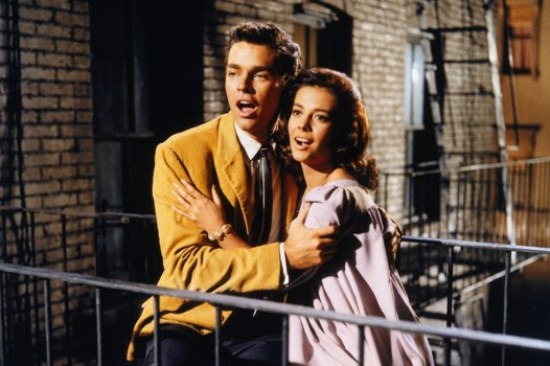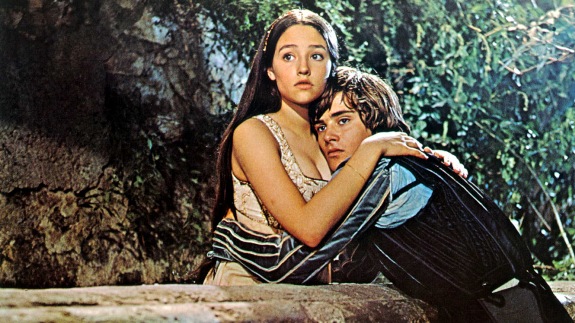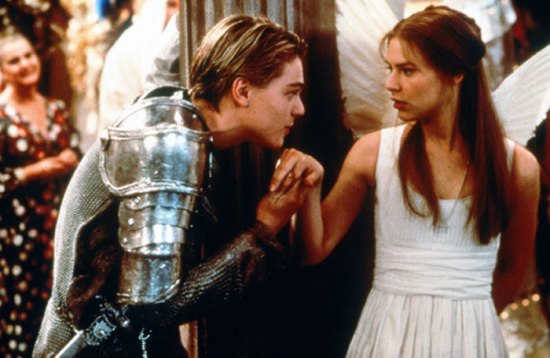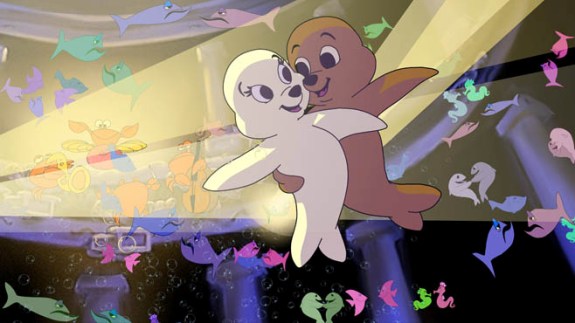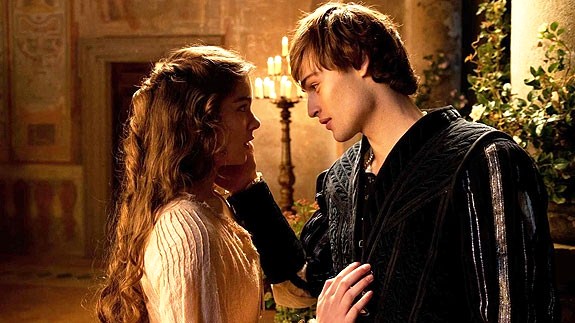There are few if any American authors today who are as influential as Cormac McCarthy. And even fewer are as popular with Hollywood filmmakers at this moment. The now octogenarian writer has been actively writing since the 1960’s and has published a series of highly acclaimed novels over the years. A few of these have especially drawn the attention of some high profile film producers, who are drawn to McCarthy’s very unique sense of storytelling. Working mostly in the Western and Southern Gothic genres, McCarthy’s novels often deal with the loss of the American frontier and the plights of the isolated rugged individual dealing with the growing modern world. His novels are often bleak and are not usually known for having a happy ending. In fact, another characteristic of McCarthy’s writing is the lack of traditional beginnings and endings, as if the story just plops the reader into the middle of an already unravelling plot. But, what really makes McCarthy a favorite amongst readers are his vivid characterizations. McCarthy says more about his characters in just a few short words than more authors do in an entire chapter, and he has created some of the most interesting character dynamics we’ve seen in modern literature. While his stories are grim, they are nevertheless captivating, and they have rightly helped underline the definition of the modern Western narrative. And of course, when your novels are popular in print, they are almost certainly destined for a trip to the big screen, whether or not that’s a good thing.
Luckily for Mr. McCarthay, his novels have largely been treated respectfully when adapted for the cinema. Actor and director Billy Bob Thornton was the first to take a chance on a McCarthay novel, with his movie version All the Pretty Horses (2000), which tackled the first in what has been dubbed McCarthay’s “Border Trilogy.” Unfortunately, despite critical acclaim, the movie didn’t do well enough at the box office to justify completing the rest of the trilogy, and the remaining novels, The Crossing (1994) and Cities of the Plain (1998) have yet to be adapted. But in a few short years, Cormac McCarthy would explode onto the Hollywood landscape in a big way when the Coen Brothers decided to bring his 2005 five novel No Country for Old Men to the big screen. The end result was a huge success, performing well at the box office and winning all sorts of awards, including the Oscar for Best Picture of 2007. Suddenly the author was in high demand, and the rights to his next novel was quickly scooped up. Surprisingly, McCarthay’s follow up was a complete departure in terms of genre. Instead of staying true to his Western roots, McCarthay decided to tackle a post-apocalyptic world with his 2006 novel, The Road. But even despite this change in genre, McCarthay’s writing style remained true to form and The Road became the author’s most successful book to date, winning even the prestigious Pulitzer Prize. To bring the novel to life, rights holders The Weinstein Company tapped Australian filmmaker John Hillcoat, whose 2005 film The Proposition became an instant modern Western classic for many filmgoers, and a perfect indication to what was needed to bring The Road to life. While hype was strong for the movie, the end result was sadly mixed, and in this Off the Page article, I will explain how even well intentioned and faithful book adaptations can go astray.
“God never spoke.”
One of the biggest challenges in adapting a novel is to decide what needs to make it into the film, and what can be left out. This is not as difficult as you would think. Oftentimes, it’s just about finding the central element and focusing on it to drive the story along, whether it be a character or a McGuffin device. Other things like subplots and character details can often be minimalized without damaging the effectiveness of the story. McCarthay’s The Road is especially challenging in this sense, because of the way McCarthay writes. His novel is told entirely from the perspective of two characters, a father referred to only as The Man (played in the movie by Viggo Mortensen) and his son known only as The Boy (Kodi Smit-McPhee). And telling the story only from their point of view limits an element that helps to make translations to the big screen easier for the filmmaker which is the perspective. In The Road, we witness an account of a cataclysmic event on Earth, but without the why and the where. McCarthay never states what caused the sudden destruction of the planet’s environment (some readers theorize an asteroid strike or a supervolcano eruption), and his narrative is far more focused on the aftermath. But even still, McCarthay is scarce on details, with his writing style instead focused on the thoughts and actions of the present in these character’s lives. This works amazingly well on the page, giving the reader a very “in the moment” reaction to the horrors that the characters encounter, but it also makes the transition all the more difficult. A filmmaker needs to have a sense of place from the page in order to make it come alive for audiences. When you have a writer who is purposefully vague in his descriptions, it tends to leave the filmmaker in an awkward position of trying to figure out what’s being seen and if that lives up to the author’s intent.
Now thankfully for John Hillcoat, the author is still present and has been helpful in the past consulting on adaptations of his work. No doubt the visualization of The Road meets the author’s standards, but even still, McCarthay is not the only one who holds up high standards over the look of his settings. The enormous popularity of The Road has also made its readers especially judgmental about how the film should appear. The unfortunate by product of McCarthay’s intentionally vague sense of place is that it has opened up infinite possibilities in people’s minds about what the settings should look like. The only consistencies throughout are images of vast expanses of fire-ravaged woodlands, open fields devoid of vegetation now covered in ash, ghost towns devoid of activity, and the final destination being a rocky, coastal beach against a tumultuous ocean. McCarthay makes all these places memorably haunting, but they could also be located anywhere in the world. I think the only certainty is that it’s set in the Western United States, or what’s left of it after the cataclysm. When I read the novel for myself, I had the image in my mind that the characters were making their way across my home state of Oregon, because most of what McCarthay describes coincides with a lot of the rural scenery that I’ve benergy familiar with growing up there, at least in a pristine and alive state (especially the coastline). This was further reinforced by the movie, which indeed shot significant parts of the film on location in Oregon. But, I’m sure other readers from other parts of the country imagined something entirely different, and probably closer to home, and this is the dilemma that director Hillcoat had to face.
“I told the boy when you dream about bad things happening, it means you’re still fighting and you’re still alive.”
I think the most mixed result of Hillcoat’s adaptation of the novel is with it’s visuals. For the most part, the movie does a commendable job of bringing the novel to life, particularly in imagining the desolate wastelands that the characters must cross. But, it’s also here that the movie has some of its shortcomings, and that’s a result of its adherence to the source material. Cormac McCarthay only allows for certain details in his account of the settings, which limits what Hillcoat is able to visualize and it opens up the risky challenge of trying to expand upon the text. Director Hillcoat works at his best with smaller settings that come vividly out of the book, like the macabre horror house of ranging cannibal hunters or the clean and sterile safe haven of the storm shelter bunker. But other moments feel out of place, or not quite up to the scale that was presented on the page. Whether it was due to budget constraints or not, some of the larger set pieces feel surprisingly small in the movie. A search through a shipwreck from the novel is almost non-existent in the film. But most of this is the result of the risks you take when adapting a novel to the big screen. Hillcoat may have had to lose some of the novel’s most memorable set pieces in service of the story, but it was in order to make the ones that matter most stand out all the more prominently. Hillcoat also ran the risk of going too far with the visuals, making the world he was depicting feel too visually striking, which would have looked artificial as a result. Thankfully, his gritty style was perfectly suited, as the movie feels very true to the overwhelmingly bleak landscape of the novel, with grey and brown tones dominating every frame. Some of it is quite oppressive, giving the viewer a very realistic sense of what a dying world would look like.
“Do you ever wish you would die?”
“No. It’s foolish to ask for luxuries in times like these.”
I think where John Hillcoat succeeded the most, and may have even bettered the novel, was in his depictions of the main characters. Translating Cormac McCarthay characters can be a daunting task, because they are entirely of their own world, and are so defined by the way McCarthay writes them. For an actor to make these characters work, they must have a good sense of Cormac McCarthay’s intentions for the characterizations are and make it feel natural. These characters often have to live by their own code and exist outside of the what society has set out for them. This is made even trickier by the thinly detailed characters we get in The Road, who exist without names or backstories. Given these limitations, it’s incredible that the characters work as well as they do in the film. The pain of everyday life that McCarthay describes in his book is read completely on the faces of the actors, and they manage to believably live in this gritty, dangerous world. Viggo Mortensen feels especially right at place in this movie, given the method actor’s proclivity for delving completely into character. He pulls off the disheveled look much better than most actor’s would have. Same with Kodi Smit-McPhee, whose character may have been even harder to believably portray based on how he is in the book. But what the movie does best is to bring the minor characters to life. John Hilcoat manages to make these briefly seen characters work as highlights in the movie by casting them perfectly. The likes of great character actors such as Guy Pearce, Garret Dillahunt, and Michael K. Williams lend great support, while at the same time disappearing into the fabric of the film. But, even they are overshadowed by an unrecognizable Robert Duvall in a very memorable role as the Old Man. The already blessed cast is made even better by the presence of the legendary actor, who makes this minor character in the novel shine bright, and exceed what was on written on the page.
But, if there was a place where the translation suffered the most between the novel and the movie, it would be in the story itself. And it’s primarily in how John Hillcoat tries to force the elegance and simplicity of McCarthay’s writing into the film’s screenplay. The movie does fine with the script for the most part, but because McCarthay’s novel is defined by long dialogues between the Man and the Boy, it unfortunately leads to long talky exhanges in the movie, which kind of gets distracting after a while. Thankfully, most of the things said are interesting, but you also get the sense that the less said between the two might carry more impact. Silence is the best asset of the story, given the empiness of the setting, so trying to include a lot of dialogue works against the movie ultimately. What also becomes problematic is Hillcoat’s attempts to depict the internal struggles going on in the character’s psyche, which is presented in the film through voice-over narration. This is always one of the big cliches in movie adaptations of famous books, as the filmmakers try to spell out everything from the text that can’t be explained in the dialogue. The unfortunate side effect is that it exposes the film’s literary roots and takes the viewer out of the immediacy of the setting. I for one think the movie would have been better off trying to leave the McCarthay prose out, and instead let the story drive itself along. There’s still enough said by the characters and events that take place that still bears the mark of the author’s style. Sometimes it just becomes a product of a director trying to be faithful to a fault with the source material. The movie isn’t spoiled by such decisions, but it does encumber what could have been a real game-changing film, and instead just makes it about average as film adaptations go.
“You have to keep carrying the fire.”
While far from perfect, John Hillcoat’s film adaptation of The Road is still a commendable effort. It’s perhaps that the reputation of the novel may have overwhelmed any possibility of this movie ever becoming just as popular. Hillcoat is risk taker as a filmmaker, but perhaps he played things too safely with Cormac McCarthay’s masterpiece and made a movie that was passable but unremarkable. Maybe separated from its place in time, the movie will eventually find an audience. Hell, if something cataclysmic like this does happen, Hillcoat’s bleak vision of the apocalypse could even become more prophetic then the book. But even still, I’d say that if you want to see a perfect cinematic translation of McCarthay’s writing, you’re better off with No Country for Old Men. The Road, in the end, is a perfect example of taking a well intentioned approach to cinematic adaptation and coming up with something just ordinary. It’s not a bad film, but it won’t replace the novel in anyone’s eyes either. Most literary adaptations usually fall under this category, especially the ones that try to take on an acclaimed source. Its the result of just giving enough thought into the adaptation of the material, while at the same time avoiding any risks. Hillcoat took enough risks to avoid failure, but the movie just feels too encumbered by avenues not taken. At least it did show the value of Cormac McCarthay’s status as a writer. His library of work is still untapped for the most part, and is just waiting for capable filmmakers to bring them to life. The best thing that can be said about the movie The Road is that it took probably the riskiest of McCarthay novels and did something respectful with it, which hopefully sets a good standard for any other adaptations in the future.


























